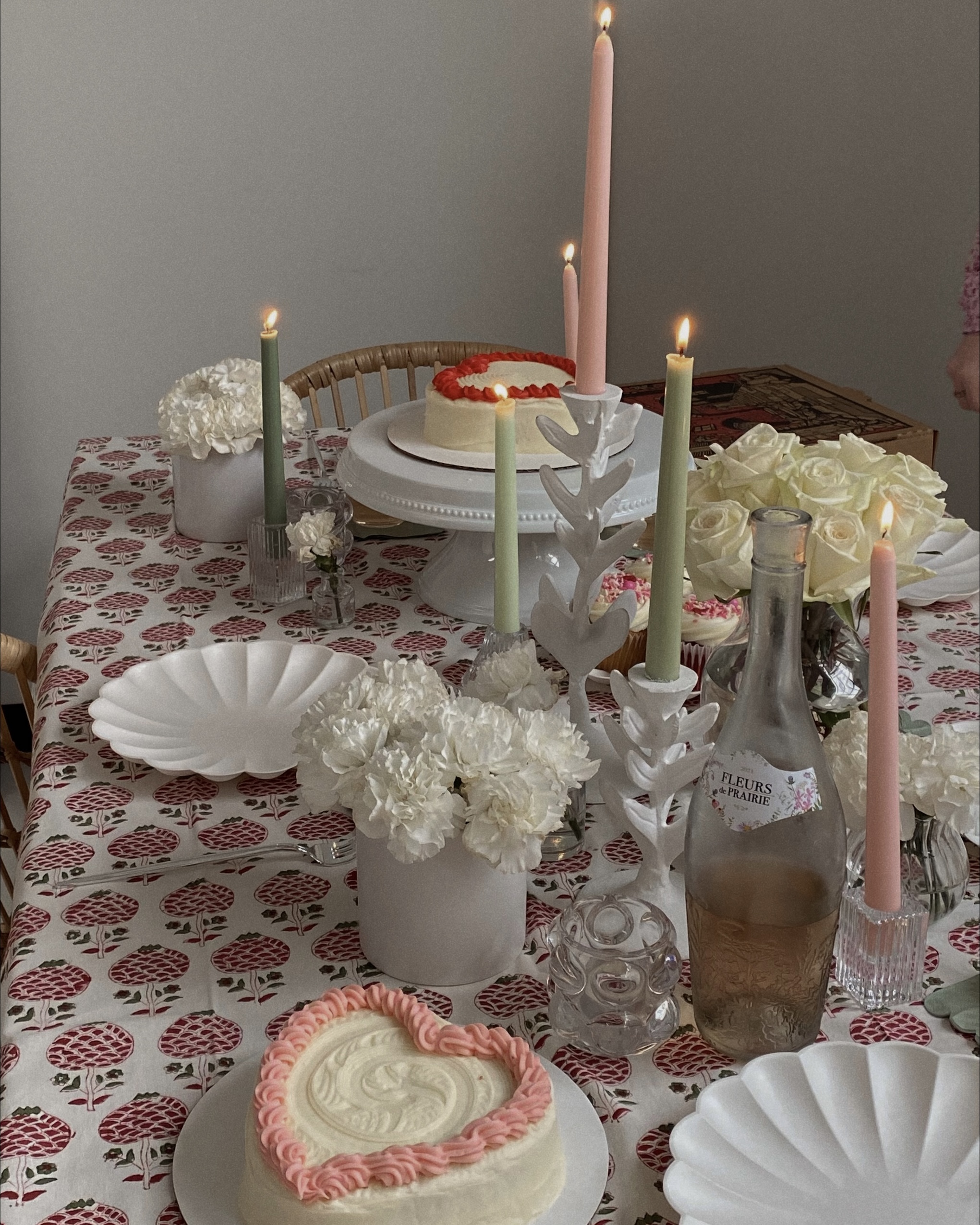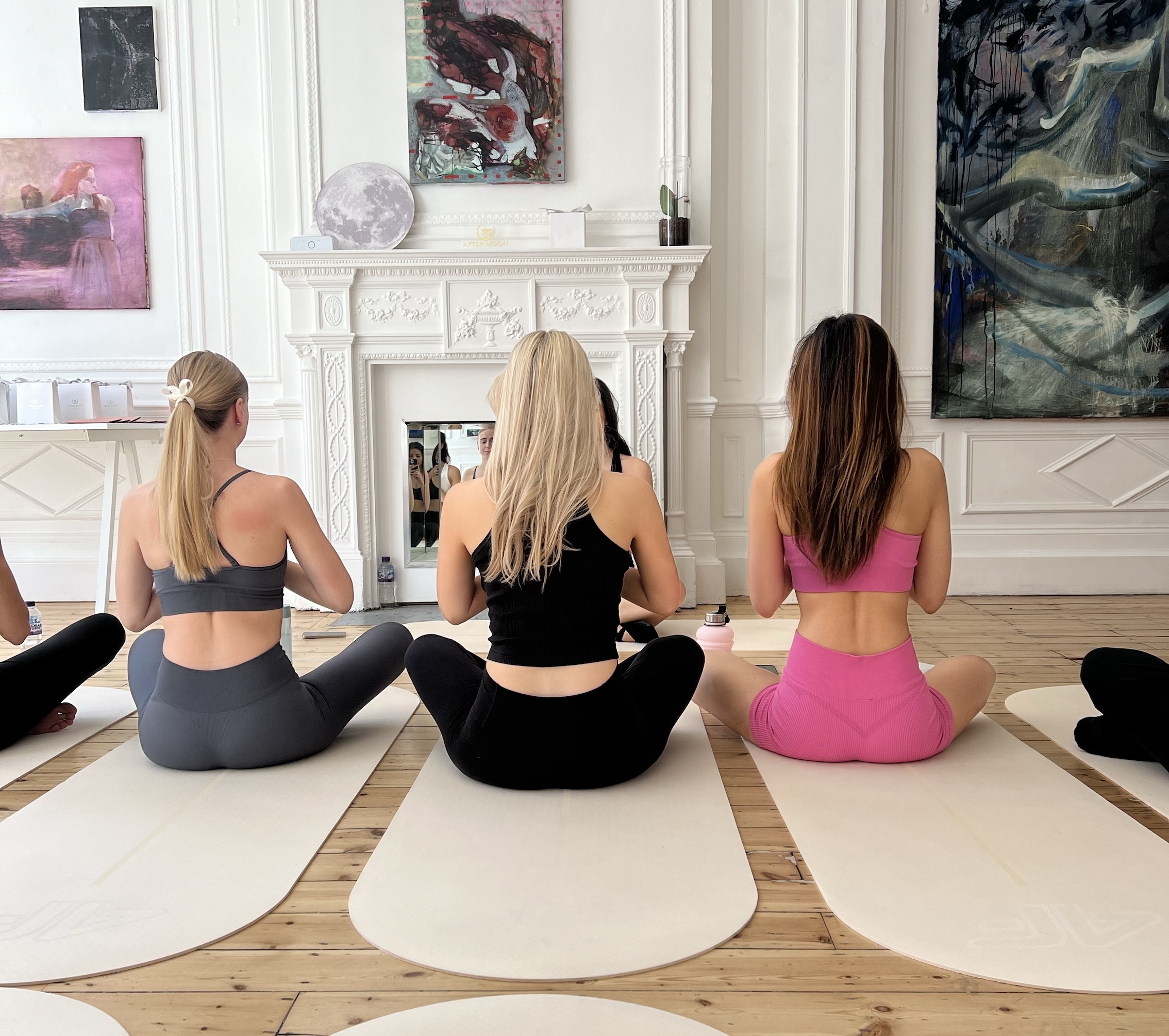It’s easy to run on autopilot. You wake up, you do the things, you check the boxes. Some days, that’s all you have the energy for. But intentional living isn’t about doing everything with a smile and a plan. It’s about knowing when to act and when to pause and having the self-awareness to choose your pace on purpose.
Sometimes you feel the urge to go, go, go. Other times you want to curl up, unplug, and say no to everything. Neither one is wrong. The trick is knowing why you feel the way you do, and what your energy is actually asking for.
This guide is here to help you read those signals better. It’s not about forcing balance. It’s about noticing when it’s time to push through resistance and when it’s time to tend to your inner world. You don’t need a planner full of habits to live with intention, you just need to know how to listen to yourself.
What Drives the Urge to Push or Pull Back
Before you can decide what season you’re in, you have to figure out what you’re actually feeling. A lot of people confuse burnout with laziness or mistake fear for a gut feeling. Our brains are noisy. You can’t always trust your first instinct without doing a little digging.
When Emotions Get Sneaky
Stress and excitement can feel surprisingly similar. A racing heart, a full calendar, trouble sleeping. These symptoms show up whether you’re thriving or overwhelmed. Your job is to ask questions, not jump to conclusions.
Ask yourself: Am I energized or just wired? Am I tired because I’m resting, or am I tired because I’m escaping? These answers usually live just under the surface if you give them space to come up.
Fear vs. Intuition
Fear likes to shout. Intuition tends to whisper. That alone is a helpful difference. When something feels urgent or high-pressure, that’s usually fear talking. Intuition is quieter. It sounds more like, “This doesn’t sit right,” or “This feels off,” without the mental chaos behind it.
Try writing out your thoughts or saying them out loud. When you hear yourself talk through something, it’s easier to tell whether you’re talking yourself into or out of a decision. That clue alone can help you decide if it’s time to move or pause.
Physical Signals That Matter
Your body always keeps score. Tension in your shoulders. A tight jaw. A stomach that flips when you open your email. These are signs.
On the flip side, when you’re in alignment, when it is time to push forward, you’ll still feel discomfort, but it’s paired with a sense of clarity. You might be nervous, but not scattered. You’re tired at the end of the day, not constantly drained. That distinction matters.
What Journaling Can Reveal
You don’t need to keep a perfect bullet journal. Just jot down what you’re feeling at the end of the day. Notice patterns. Is your energy consistently crashing after certain tasks? Do you feel off after spending time in certain places or with certain people?
Over time, this kind of reflection creates a personal blueprint. You’ll start to recognize the difference between stuckness that needs a push and depletion that needs care.
The “Push” Season
There are times when life is asking you to rise. You feel the pull toward something, even if it’s hard. These are your push seasons. They’re not always convenient, but they are potent. You don’t want to miss them because you were too scared or too tired to act.
How to Know When It’s Time to Push
Push seasons usually show up when something is changing. You might be starting a new job, chasing a goal, or standing up for something that matters. There’s effort involved, yes, but it doesn’t feel like a grind. You may feel nervous, but also clear.
This isn’t about hustle culture. It’s about alignment. If the work stretches you but still feels right, that’s a good sign it’s a push season.
What Productive Pressure Feels Like
There’s a difference between pressure that crushes you and pressure that shapes you. Think of it like weightlifting. The right amount of resistance builds strength. Too much, too soon? You get hurt.
When you’re in a true push season, your energy feels purposeful. You might be juggling a lot, but there’s direction behind it. You’re not just busy. you’re building.
That said, you have to stay honest. Are you moving toward something or just keeping busy so you don’t have to feel things? One comes from vision. The other comes from avoidance.
How to Push Without Burning Out
Structure is your friend here. Make space for action, but also recovery. You don’t need to overhaul your life. Start with micro-goals: one focused hour of deep work, one big thing crossed off your list before noon, one walk outside before opening your laptop.
And set boundaries. Push seasons are the time to say no to anything that doesn’t serve what you’re building. You can’t pour your energy into everything and expect to see real movement.
Courage vs. Comfort
Sometimes, pushing forward means doing something that terrifies you. But if that fear sits beside curiosity or excitement, it’s probably the right kind. When you feel afraid but curious, that’s your sign to lean in.
The opposite of a push season isn’t laziness, it’s stagnation. Growth can be uncomfortable, but when the discomfort has purpose, it’s worth leaning into. You’re not forcing yourself. You’re answering a call.
The “Tend Within” Season
Not every season is about striving. Some are about coming home to yourself, and those tend to be the ones people resist the most. But just because nothing big is happening doesn’t mean nothing important is.
Tending within is when you pause, reflect, and let things settle. It’s the exhale after the effort. Without it, all the pushing in the world just turns into exhaustion.
What Internal Seasons Actually Feel Like
These seasons show up subtly. You might feel foggy, disconnected, or just sort of “meh” about everything. You’re not in crisis, but you’re definitely not energized. Maybe your motivation has vanished, or you keep starting things you don’t finish.
That doesn’t mean something is wrong. It means you’re in a processing phase. The body and mind often need quiet time to catch up with what you’ve just lived through.
Rest Is a Form of Progress
People tend to think rest is the absence of progress. It’s not. It’s the part where everything integrates.
Picture a garden. You don’t yank at the plants to make them grow faster. You tend the soil. You water. You pull the weeds. That’s what internal seasons are for. You’re making space for whatever comes next.
And yes, you might need to nap. But this season also invites you to clean your space, realign your routines, or ask hard questions without rushing to answer them.
Resting vs. Numbing
Tending within doesn’t mean zoning out indefinitely. There’s a difference between real rest and avoidance. One fills your cup. The other just delays the crash.
If you find yourself scrolling for hours, canceling plans constantly, or procrastinating everything with a vague sense of guilt, that might be numbing. It’s a signal, not a failure. Use it as a clue that your inner world needs some attention — not punishment.
Rituals That Support Inner Seasons
You don’t have to light incense and meditate for 40 minutes. But having rhythms helps. Walks without podcasts. Journaling without pressure. Cleaning out your closet to make room for how your life has changed.
Tending within is about slowness, not stillness. You’re not stuck; you’re resetting.

Building a Life That Honors Both Modes
One of the best things you can do for your wellbeing is stop expecting your energy to stay the same every week. You are not a robot. You are a person with cycles, moods, stressors, and seasons.
Trying to push during a pause season or rest when it’s time to act just creates friction. Living in rhythm means building a life that makes space for both.
Daily and Weekly Flow Check-ins
You don’t have to wait for a breakdown to pause. You can check in daily. Morning questions like, What kind of energy do I have today? or What would feel good to complete today? are small but powerful.
Each week, take 10 minutes to look at your schedule and energy side by side. Is your calendar full of “shoulds”? Can you swap something draining for something nourishing?
These tiny shifts create long-term rhythm. It’s not about perfection. It’s about pattern.
Seasonal Shifts and Reset Points
There are natural reset points throughout the year. Use them. The start of each season, your birthday, even the week after a major project wraps… all great moments to ask: Do I need to push right now or pull back?
You don’t need to live by a lunar calendar unless you want to. The point is simply to zoom out and notice where your energy wants to go.
Intentional living isn’t about maxing out every moment. It’s about knowing what moment you’re in.
Making Room for Flexibility
Rigidity kills rhythm. What worked for you last month might not work now. That doesn’t mean you’re failing. It means you’re human.
Build flexibility into your routines. Make your lists optional. Give yourself permission to move things around. This creates trust with yourself and trust is what allows you to actually listen when your body or heart sends a signal.
Letting Go of “Shoulds” and Choosing Your Own Pace
Most of us have been taught to fear slowing down. If we’re not busy, we’re wasting time. If we’re not pushing, we’re falling behind. But none of that’s true if the life you’re building is actually your own.
To live intentionally, you have to let go of everyone else’s definition of success and that’s not always easy.
Spotting the “Shoulds” in Disguise
Sometimes the pressure to perform comes from others. But often, it’s internalized. You’re doing things you don’t care about because you feel like you should. You keep the side hustle going because quitting feels like failure. You say yes to things that don’t light you up because that’s what responsible adults do.
Pay attention to anything that starts with I should or I have to. That phrasing almost always signals borrowed expectations.
Try replacing those thoughts with I choose to or I want to. You’ll know right away if the thing actually belongs to you.
Slowness Is Not Laziness
This might be the most radical idea in this whole post: You are allowed to move slowly and still be doing it right.
Sometimes, slow is the only sustainable speed. That doesn’t mean you’re lazy. It means you’re paying attention. If your nervous system is always on high alert, nothing gets integrated. Growth turns brittle. You snap.
Slowness lets your system catch up with your soul. And when the next push season comes? You’ll be ready.
Own Your Timing, Even If It Looks Weird to Other People
Other people might not understand your rhythm. That’s fine. They don’t have to.
You get to choose what works for you. If you’re moving slower than your friends, or skipping things other people love, or resting during a time when everyone else seems to be rising. It’s not failure. It’s alignment.
Let them go fast. You’re not racing them anyway.
Intentional living isn’t a vibe. It’s a practice. It’s paying attention to what you need, what you want, and what season you’re in and then adjusting accordingly.
There’s a time to rise and a time to reset. A time to build and a time to breathe. You don’t have to do it all at once. You just have to listen and move with care. That’s enough.
















